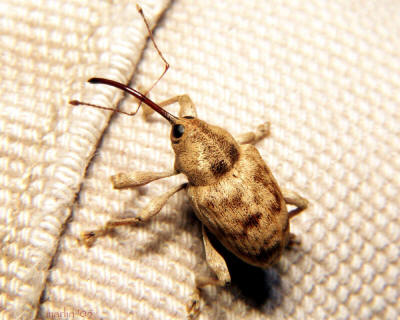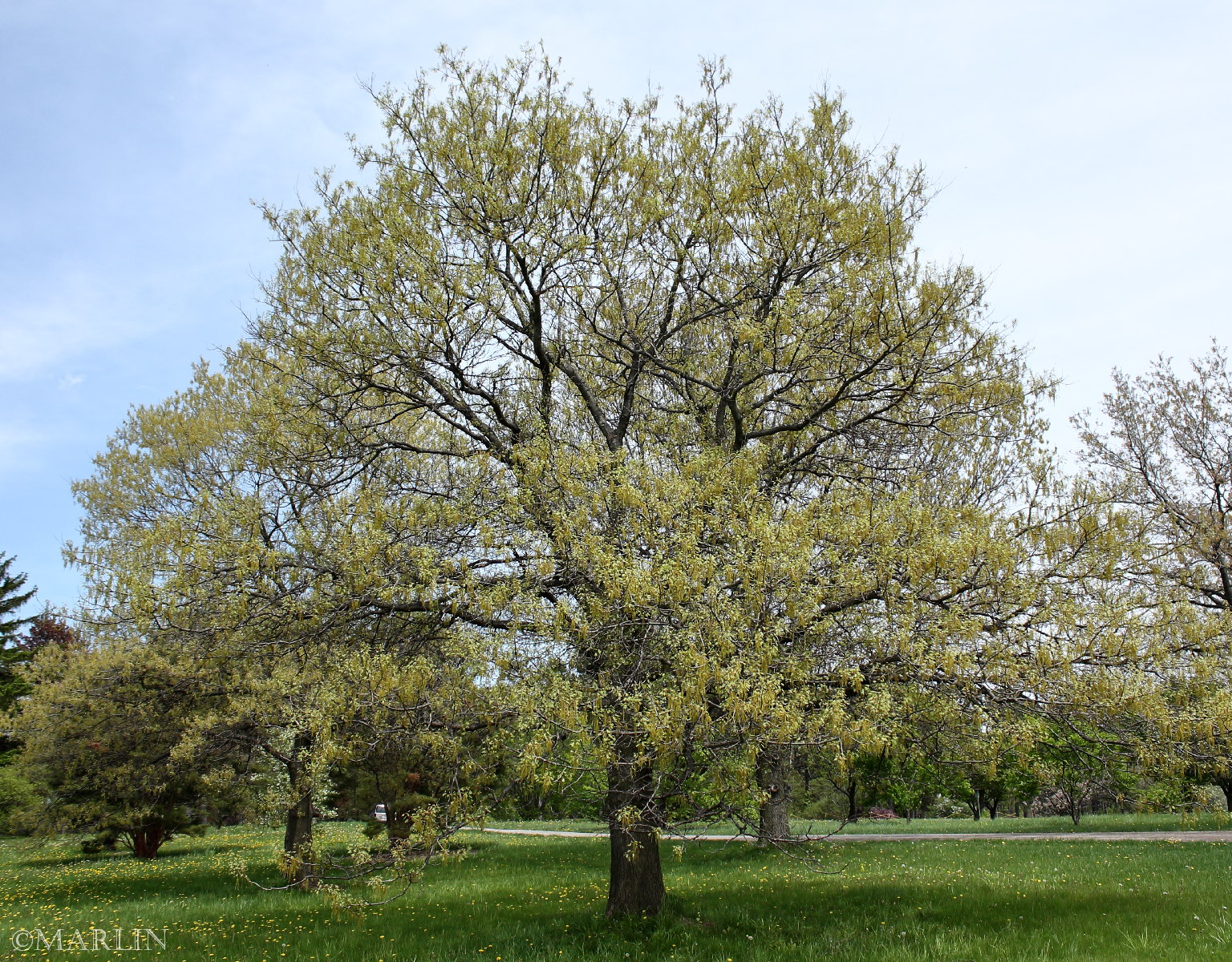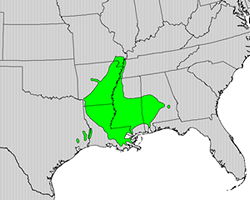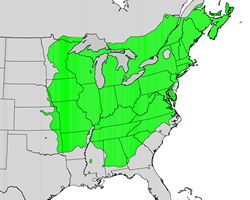Nuttall Oak – Quercus texana (Q. nuttallii)
Family Fagaceae – Beech, Chinkapin and Oak
Native to a small area of N. America along the southern Mississippi River, this oak reaches 120 feet.
Nuttall Oak Quercus nuttallii, Morton Arboretum acc. 417-45*4, from seed, is 64 years old. [1]
Wood-Boring Beetles, Agrilus sp. Several species of metallic wood-boring beetles are pests of many species of oak. Their larvae damage the tree by boring tunnels in the cambium layer under the bark. Other insect pests of oak trees include the oak leaf-eater (Croesia semipurpurana), fall cankerworm, forest tent caterpillars (Malacosoma disstria), and spongy moth.
|
Nutall oak is also commonly called Texas red oak or Nutall’s oak, or Red River oak, or pin oak [1]. Quite a good example of why common names are nearly useless in many circumstances. Its taxonomic history is equally muddled: Quercus nuttallii E. J. Palmer; Q. rubra Linnaeus var. texana (Buckley) Buckley; Q. shumardii Buckley var. texana (Buckley) Ashe [5]. Take your pick, say I. The links lead to the purported hybrid parents, red oak and Shumard’s oak respectively.
As you can see, the range of the two trees very neatly bump up against each other, which probably has something to do with the fact Q. nutallii was not distinguished as a species intil 1927. Swamp loggers of poorly drained low and bottomlands along the lower reaches of the Mississippi and Red Rivers frequently find this species the only worthwhile harvest, and sell the timber as red oak [1].
|
Nuttall’s oak catkins (male flowers) [1]
Nuttall oak is monoecious; the wind-pollinated flowers develop in the spring at the time of bud-break and leaf development. The staminate flowers are borne on aments (catkins) and the female flowers are seen in the axils of the new leaves [1].
Coupled with defoliation by spring frosts, repeated defoliation by these insects either individually or in combination is thought to be the primary cause of “decline” and mortality of scarlet oak and other oaks in the white oak group in Pennsylvania.
 Acorn Weevil, Curculio sp. [3] |
The acorns of Nuttall oak are frequently infested with larvae of the nut weevils Curculio (left), which reduce germination. Nevertheless, many wild animals depend on these acorns, including turkey, deer, mice and voles, and lately, more and more feral hogs. “Bark pocket” is a serious lumber defect introduced by sap-feeding beetles in the family Nitidulidae in conjunction with carpenterworms and wood-borers [1, 4].
|
References
1. T.H. Filer Jr., USDA Forest Service Silvics Manual, Nuttall Oak
2. Nuttall Oak Quercus texana, Morton Arboretum acc. 417-45*4, photos by Bruce Marlin
3. North American Insects & Spiders, ‘Acorn Weevil, Curculio sp.‘
4. Bugguide.net, “Family Nitidulidae – sap-feeding beetles”
5. Flora of North America, “Quercus texana – Texas red oak, Nuttall oak.
Family Fagaceae: Oak, Beech & Chinkapin
There are about 900 species in this family worldwide, about 65 trees and 10 shrubs of which are native to North America. Native to the northern hemisphere, the oak genus Quercus contains about 600 species, including both deciduous and evergreen species.
Family Rosaceae – Rose Family; Fruit Trees
Trees Index | Pine Family | Beech, Oak | Nut Trees | Birch Family | Magnolias
Tree Encyclopedia / North American Insects & Spiders is dedicated to providing family-friendly educational
resources for our friends around the world through large images and macro photographs of flora and fauna.
Online since 2002



